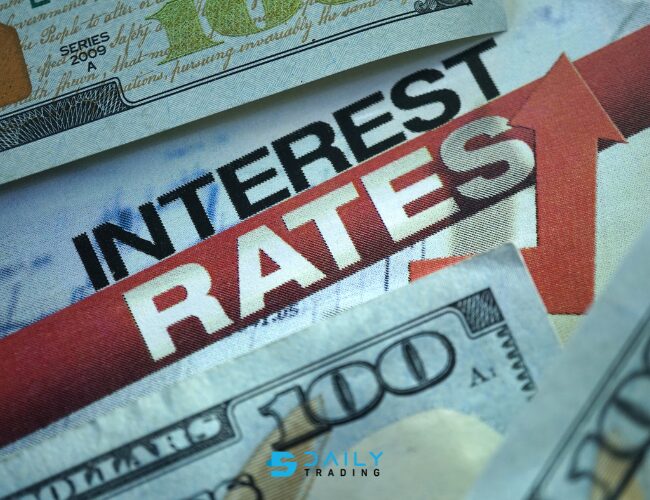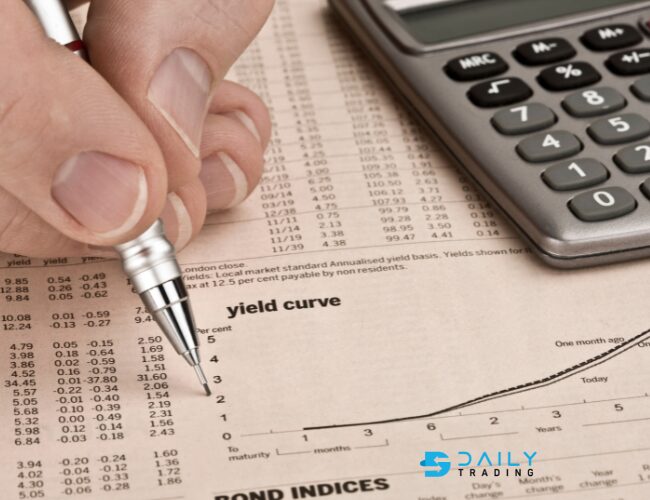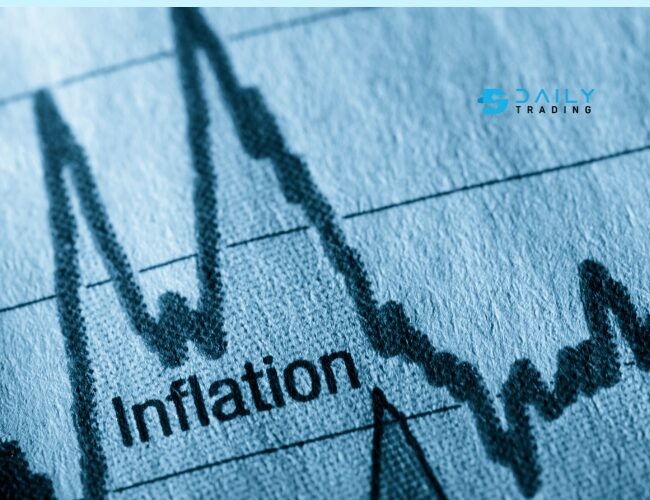Understanding Interest Rates, Inflation, and Bonds
Holding a bond means owning a series of future cash payments, typically regular interest and principal payments. The value of these payments, barring credit risk, depends on expected returns tied to inflation. This article explores bond pricing, bond yield, and how inflation and interest rates influence bond values.
Key Points:
- Bonds carry interest rate risk, meaning rising rates reduce bond prices and vice versa.
- Interest rates correlate with inflation; when prices rise, central banks typically increase rates to prevent overheating economies.
- Inflation reduces the real value of bond payments, posing risks, especially for long-term debts.
- Bond prices are susceptible to inflation forecasts.
Risk Factors
Two primary risks affect bond investors: interest rate risk and credit risk. Our focus here is on interest rate risk, but it’s vital to understand that credit risk also impacts bond prices. If a bond issuer fails to meet payment obligations, the bond price will drop, requiring higher interest rates to compensate for increased risk.
U.S. Treasury Bonds and Credit Risk
U.S. Treasury bonds, which finance government operations, are seen as virtually free of default risk. This article uses Treasury bonds as an example, eliminating credit risk to focus solely on interest rate risk.
Calculating Bond Yield and Price
A bond’s yield to maturity (YTM) is the discount rate that equates the present value of all future cash flows to its price. Bond prices fluctuate inversely with yields—higher yields lead to lower prices, and lower yields increase bond prices.
Impact of Term on Yield: The Yield Curve
The yield curve represents the YTM for bonds with different maturities. In most markets, longer maturities offer higher yields because investors demand higher compensation for delayed payments. The yield curve’s shape indicates future interest rate expectations.
Inflation’s Effect on Yield Requirements
Inflation diminishes a bond’s purchasing power by eroding its cash flows. With fixed-rate bonds, rising inflation reduces real returns. For instance, if a bond offers 4% interest and inflation is 3%, the real return is just 1%. Investors demand higher yields to counter inflation risk. Treasury Inflation-Protected Securities (TIPS) provide a safeguard, offering a real rate of return adjusted for inflation.
Short- vs. Long-Term Interest Rates
Central banks, like the U.S. Federal Reserve, control short-term rates (e.g., the federal funds rate), which influence inflation and broader economic conditions. Long-term rates, however, are determined by market forces. If the market perceives inflation will rise, long-term bond yields will increase, steepening the yield curve.
Bond Duration and Price Sensitivity
A bond’s duration measures how sensitive its price is to interest rate changes. Bonds with longer maturities and later cash flows experience more significant price changes when rates fluctuate.
Nominal vs. Real Rates
Nominal rates are the stated interest rates, while real rates account for inflation. Real rates provide a more accurate assessment of borrowing costs and investment returns by adjusting for purchasing power loss.
Why Bond Prices and Interest Rates Move Inversely
When interest rates rise, newly issued bonds offer better yields, making existing bonds with lower yields less attractive, thus driving their prices down.
The Yield Curve’s Importance
The yield curve reflects the relationship between bond yields and maturities. Typically upward sloping, it signals investor expectations for future economic performance. A flat or inverted curve might indicate economic uncertainty or an impending recession.
Protecting Your Portfolio
Investors can mitigate interest rate and inflation risks by diversifying into other assets like stocks, commodities, or TIPS. It’s advisable to consult a financial advisor to create a balanced portfolio that can weather interest rate shifts.
Conclusion
Interest rates, bond yields, and inflation expectations are closely interlinked. Understanding these dynamics, particularly the impact of short- and long-term rates, is essential for assessing bond investments. Using tools like duration and the yield curve can help investors make informed decisions in the bond market.












Leave a comment